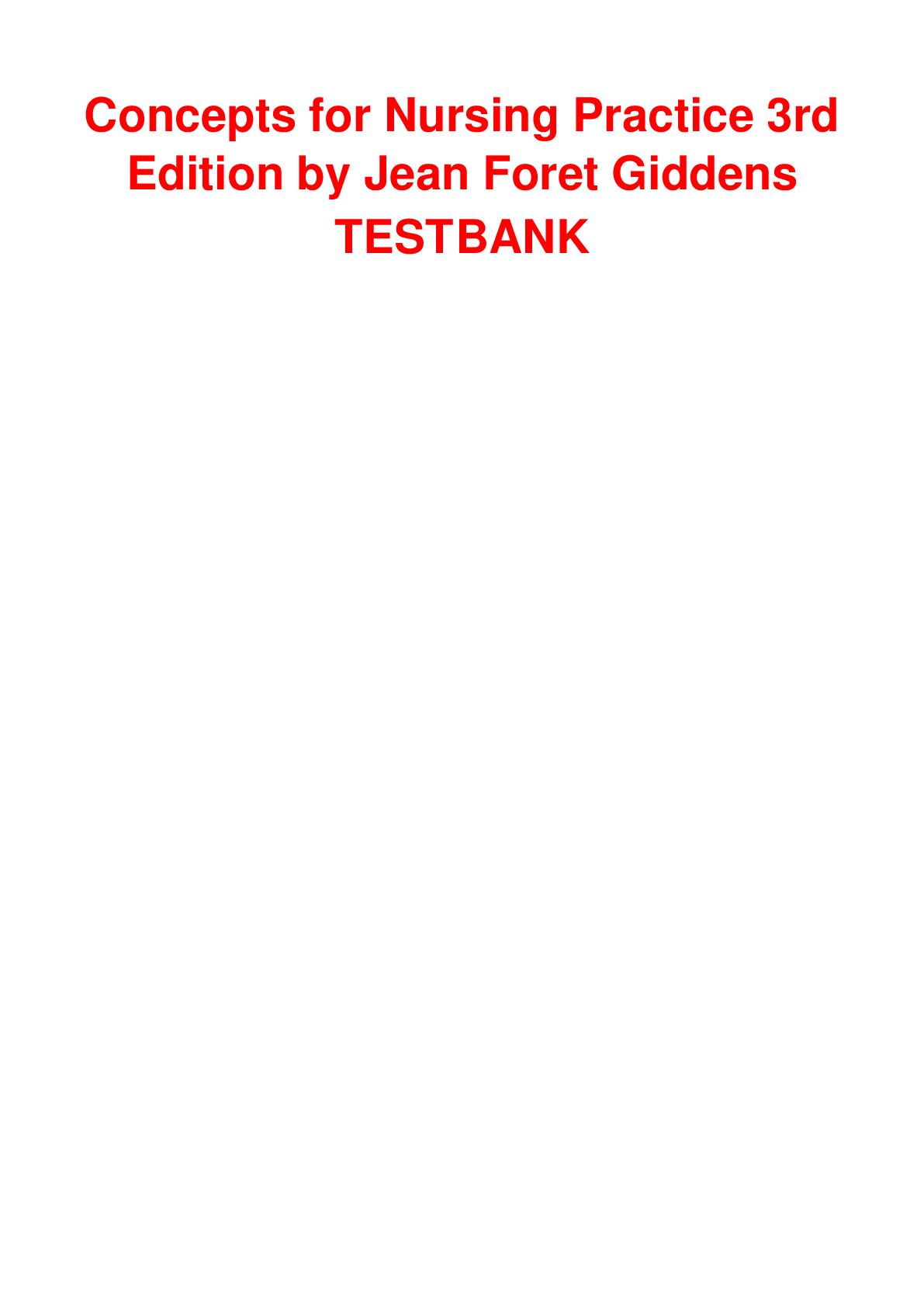*NURSING > TEST BANKS > GIDDENS CONCEPTS FOR NURSING PRACTICE, 3RD EDITION (All)
GIDDENS CONCEPTS FOR NURSING PRACTICE, 3RD EDITION
Document Content and Description Below
GIDDENS CONCEPTS FOR NURSING PRACTICE, 3RD EDITION Concept 01: Development MULTIPLE CHOICE 1. The nurse manager of a pediatric clinic could confirm that the new nurse recognized the purpose o... f the HEADSS Adolescent Risk Profile when the new nurse responds that it is used to assess for needs related to a. anticipatory guidance. b. low-risk adolescents. c. physical development. d. sexual development. ANS: A The HEADSS Adolescent Risk Profile is a psychosocial assessment screening tool which assesses home, education, activities, drugs, sex, and suicide for the purpose of identifying high-risk adolescents and the need for anticipatory guidance. It is used to identify high-risk, not low-risk, adolescents. Physical development is assessed with anthropometric data. Sexual development is assessed using physical examination. OBJ: NCLEX Client Needs Category: Health Promotion and Maintenance 2. The nurse preparing a teaching plan for a preschooler knows that, according to Piaget, the expected stage of development for a preschooler is a. concrete operational. b. formal operational. N c. preoperational. d. sensorimotor. ANS: C The expected stage of development for a preschooler (3–4 years old) is pre-operational. Concrete operational describes the thinking of a school-age child (7–11 years old). Formal operational describes the thinking of an individual after about 11 years of age. Sensorimotor describes the earliest pattern of thinking from birth to 2 years old. OBJ: NCLEX Client Needs Category: Health Promotion and Maintenance 3. The school nurse talking with a high school class about the difference between growth and development would best describe growth as a. processes by which early cells specialize. b. psychosocial and cognitive changes. c. qualitative changes associated with aging. d. quantitative changes in size or weight. ANS: D WWW.NURSYLAB.COM Growth is a quantitative change in which an increase in cell number and size results in an increase in overall size or weight of the body or any of its parts. The processes by which early cells specialize are referred to as differentiation. Psychosocial and cognitive changes are referred to as development. Qualitative changes associated with aging are referred to as maturation. OBJ: NCLEX Client Needs Category: Health Promotion and Maintenance 4. The most appropriate response of the nurse when a mother asks what the Denver II does is that it a. can diagnose developmental disabilities. b. identifies a need for physical therapy. c. is a developmental screening tool. d. provides a framework for health teaching. ANS: C The Denver II is the most commonly used measure of developmental status used by healthcare professionals; it is a screening tool. Screening tools do not provide a diagnosis. Diagnosis requires a thorough neurodevelopment history and physical examination. Developmental delay, which is suggested by screening, is a symptom, not a diagnosis. The need for any therapy would be identified with a comprehensive evaluation, not a screening tool. Some providers use the Denver II as a framework for teaching about expected development, but this is not the primary purpose of the tool. OBJ: NCLEX Client Needs Category: Health Promotion and Maintenance 5. To plan early intervention anNd care for an infant with Down syndrome, the nurse considers knowledge of other physical development exemplars such as a. cerebral palsy. b. autism. c. attention-deficit/hyperactivity disorder (ADHD). d. failure to thrive. ANS: D Failure to thrive is also a physical development exemplar. Cerebral palsy is an exemplar of motor/developmental delay. Autism is an exemplar of social/emotional developmental delay. ADHD is an exemplar of a cognitive disorder. OBJ: NCLEX Client Needs Category: Health Promotion and Maint [Show More]
Last updated: 6 months ago
Preview 5 out of 246 pages

Loading document previews ...
Buy this document to get the full access instantly
Instant Download Access after purchase
Buy NowInstant download
We Accept:

Reviews( 0 )
$14.50
Can't find what you want? Try our AI powered Search
Document information
Connected school, study & course
About the document
Uploaded On
Dec 29, 2024
Number of pages
246
Written in
Additional information
This document has been written for:
Uploaded
Dec 29, 2024
Downloads
0
Views
19

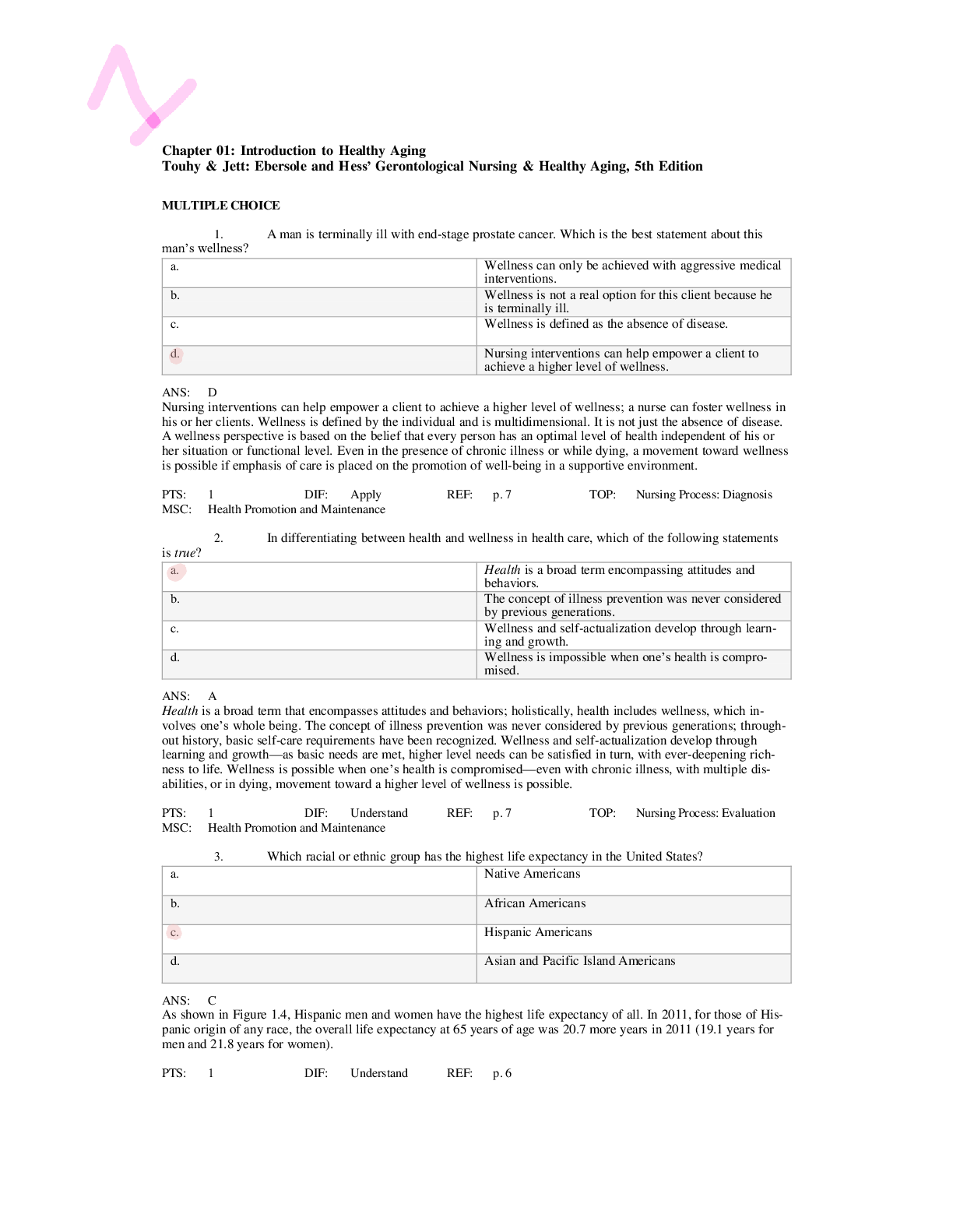
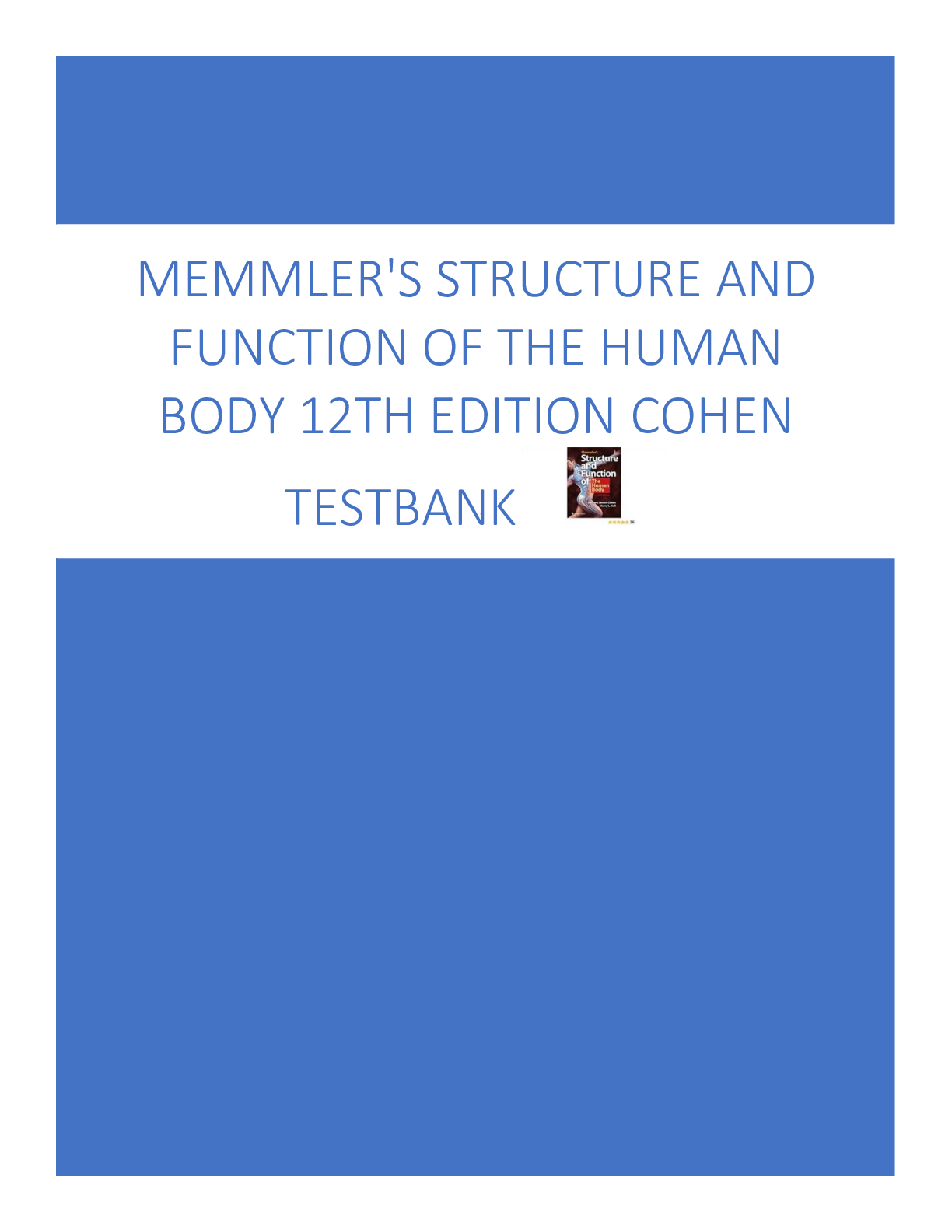
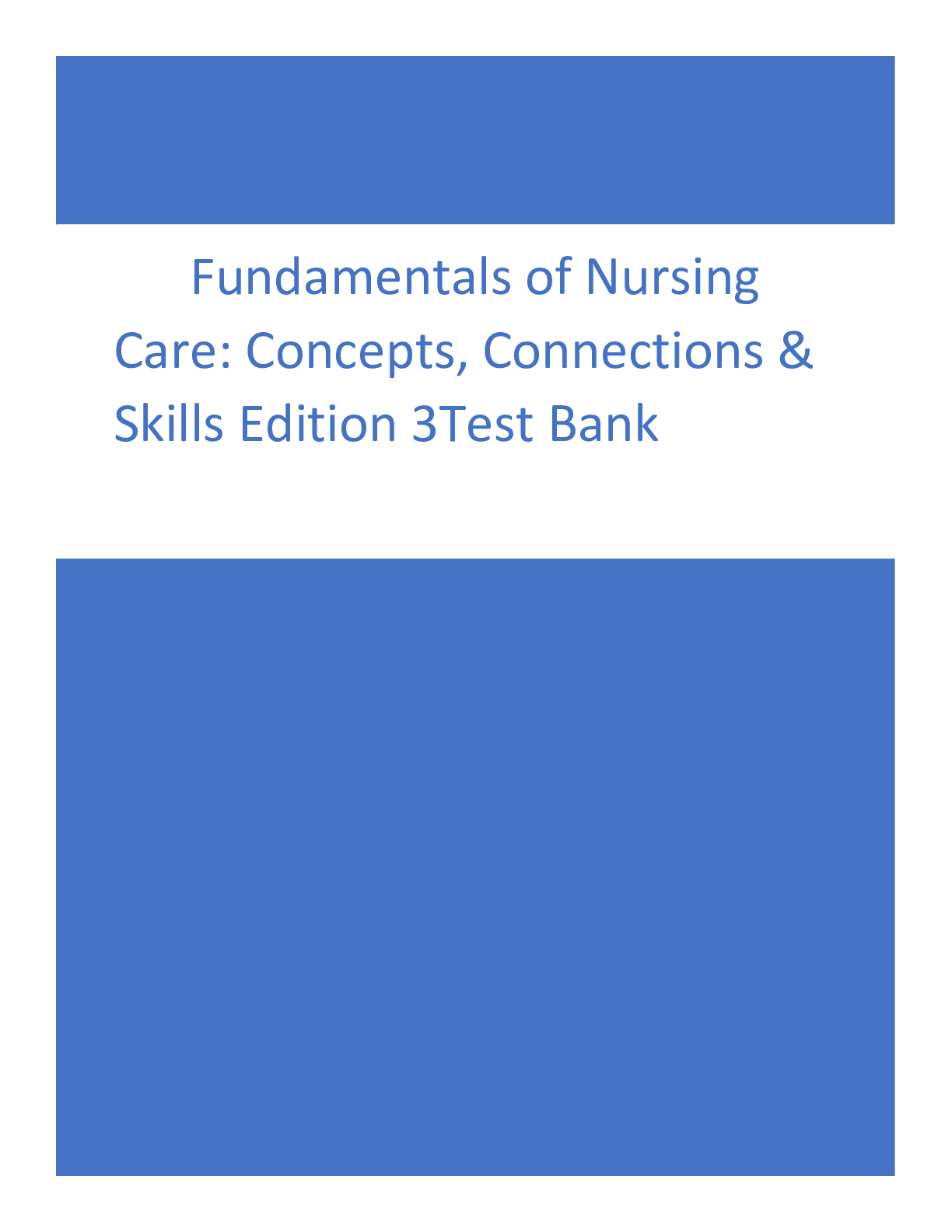
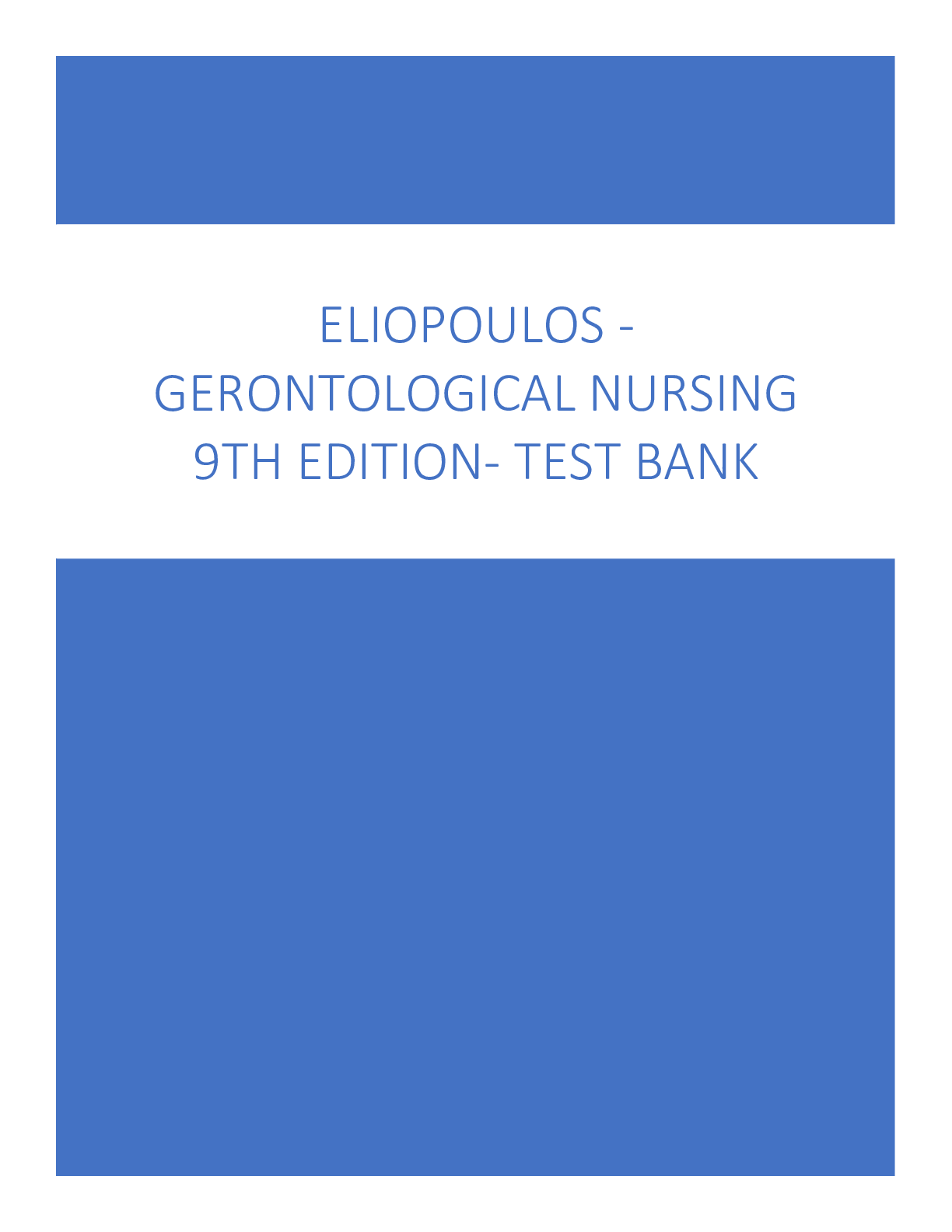
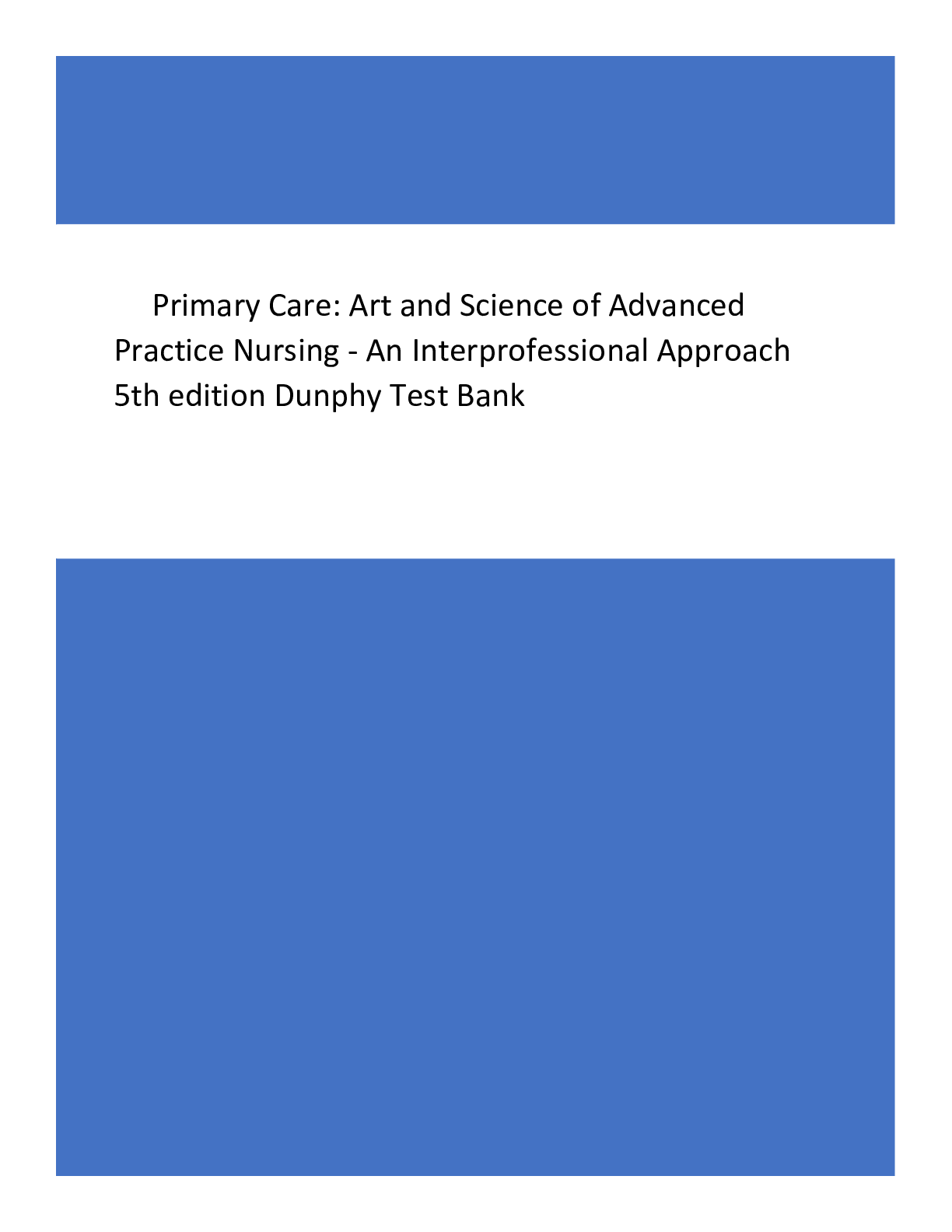
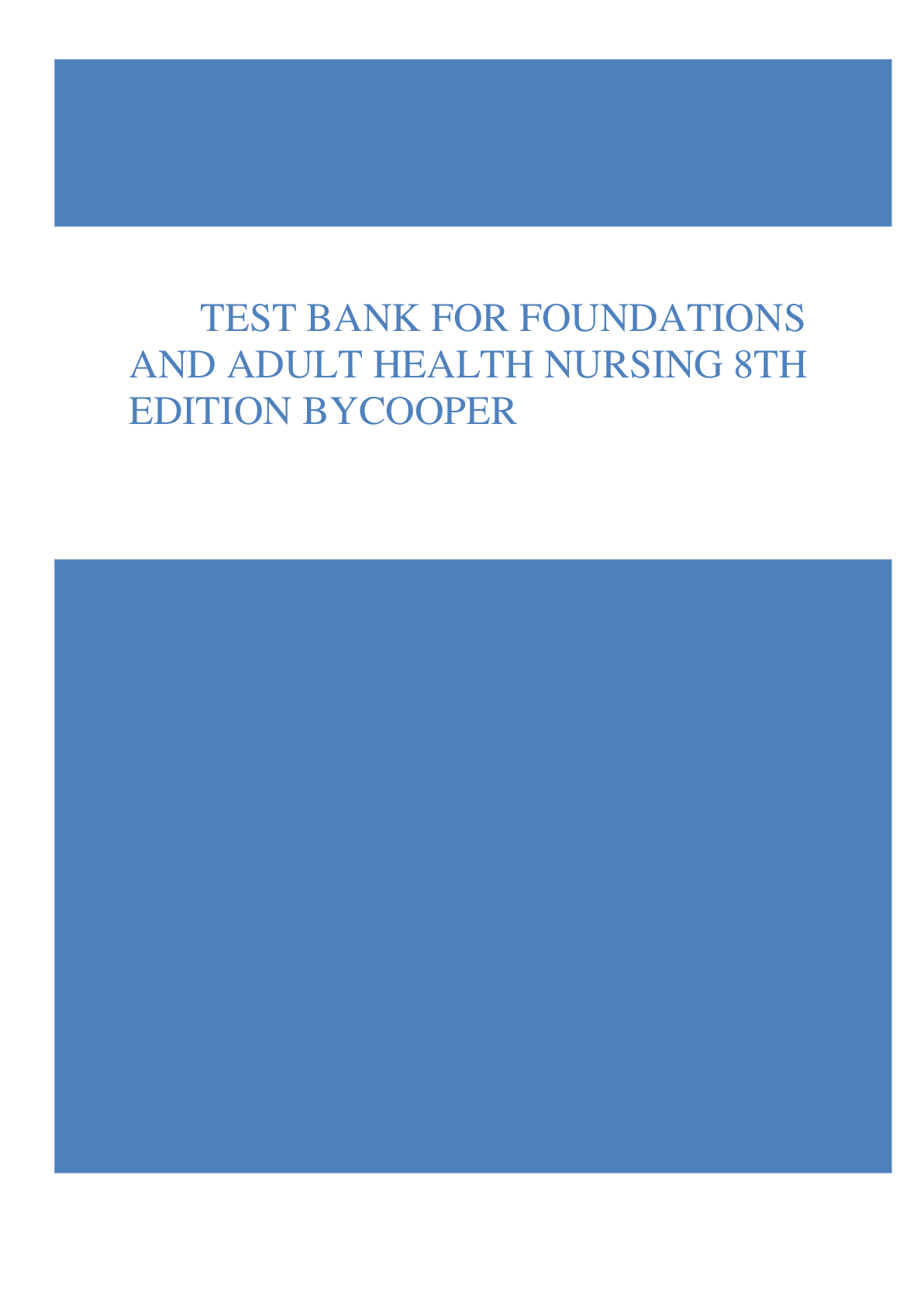
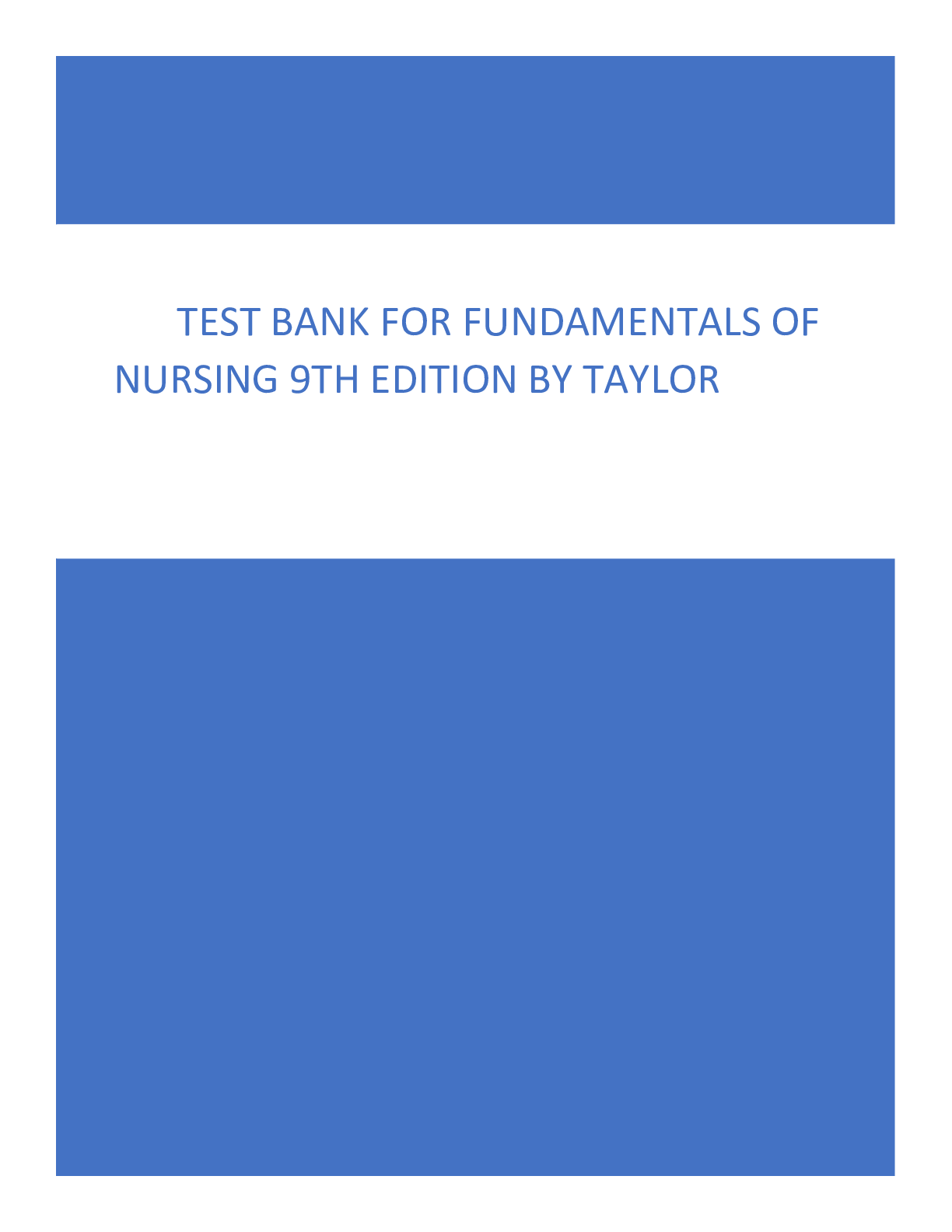
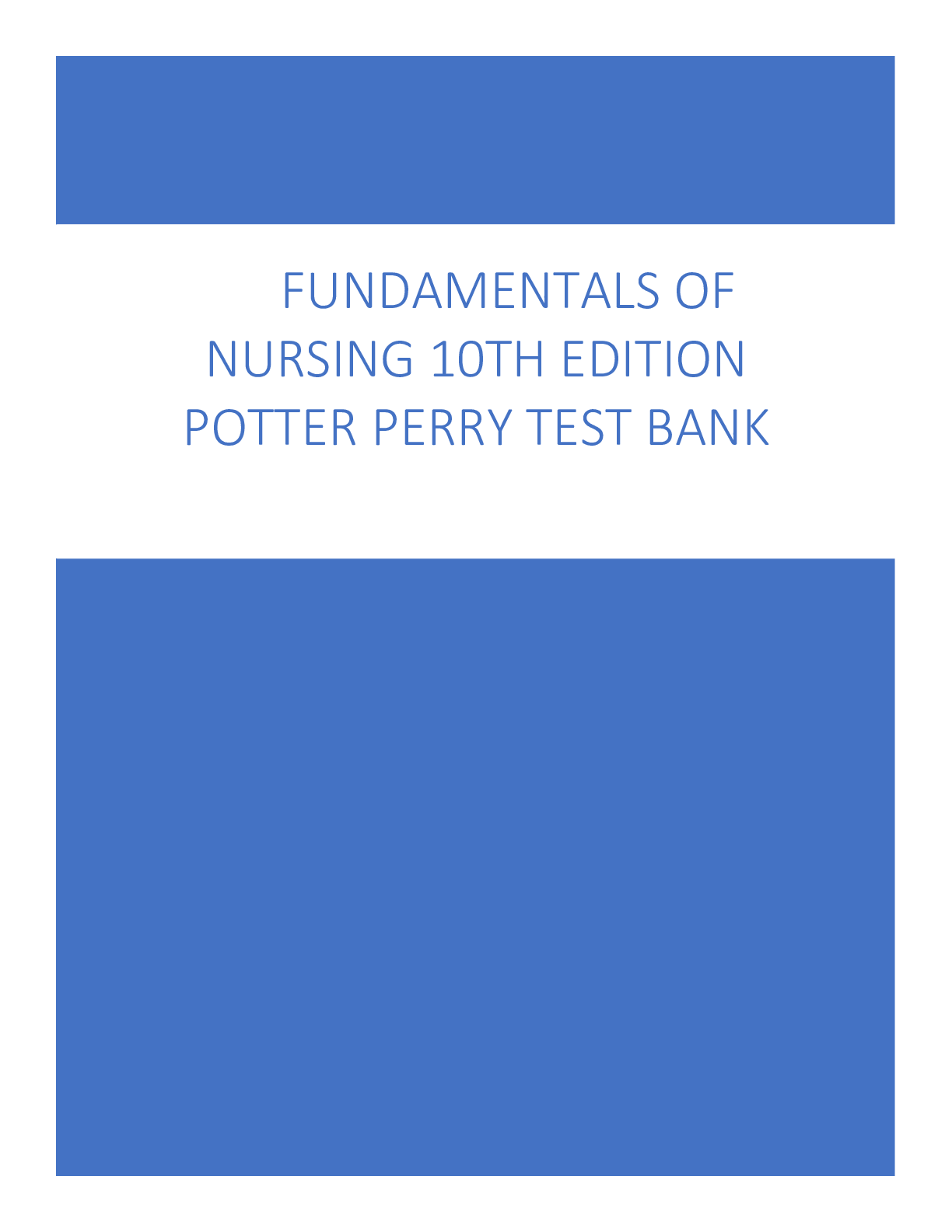
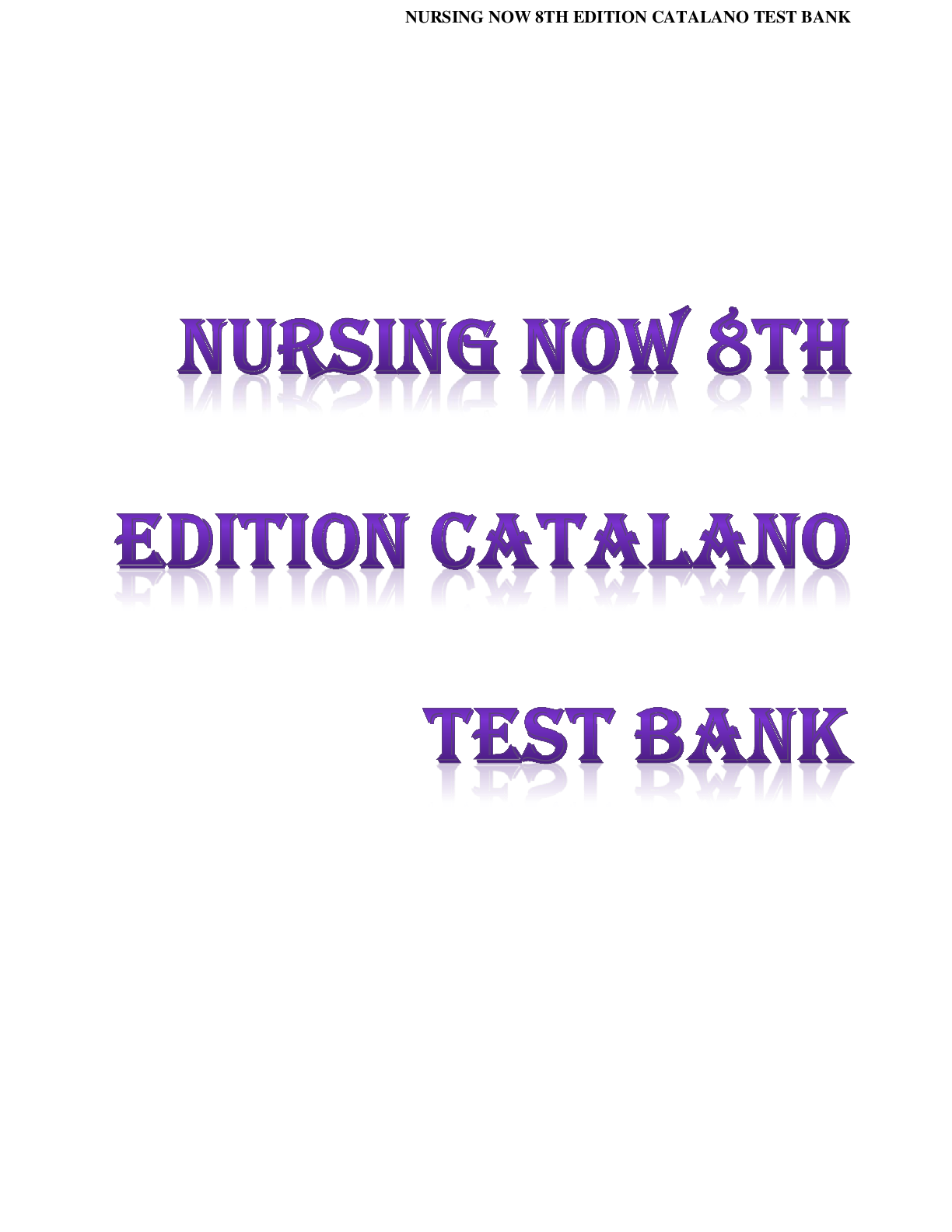
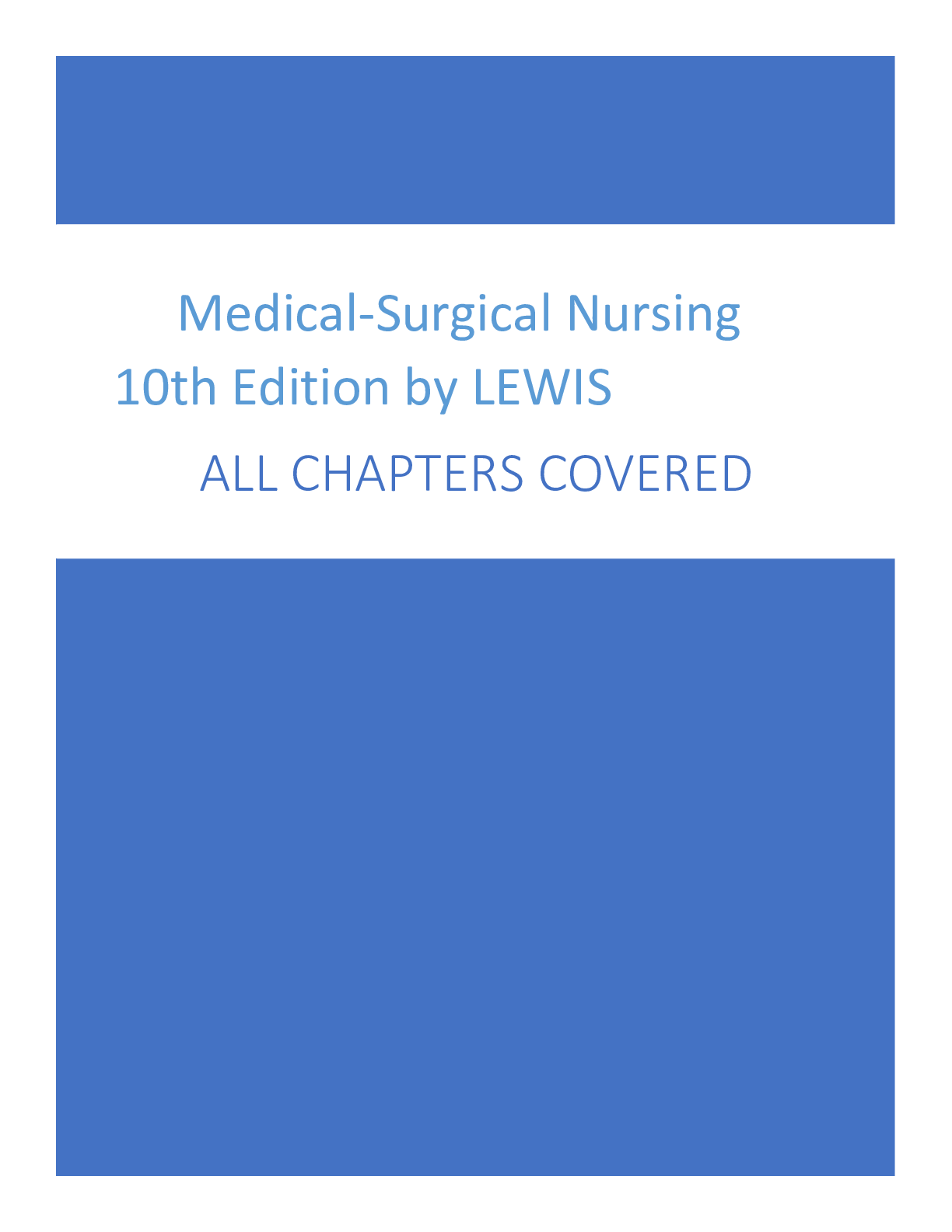
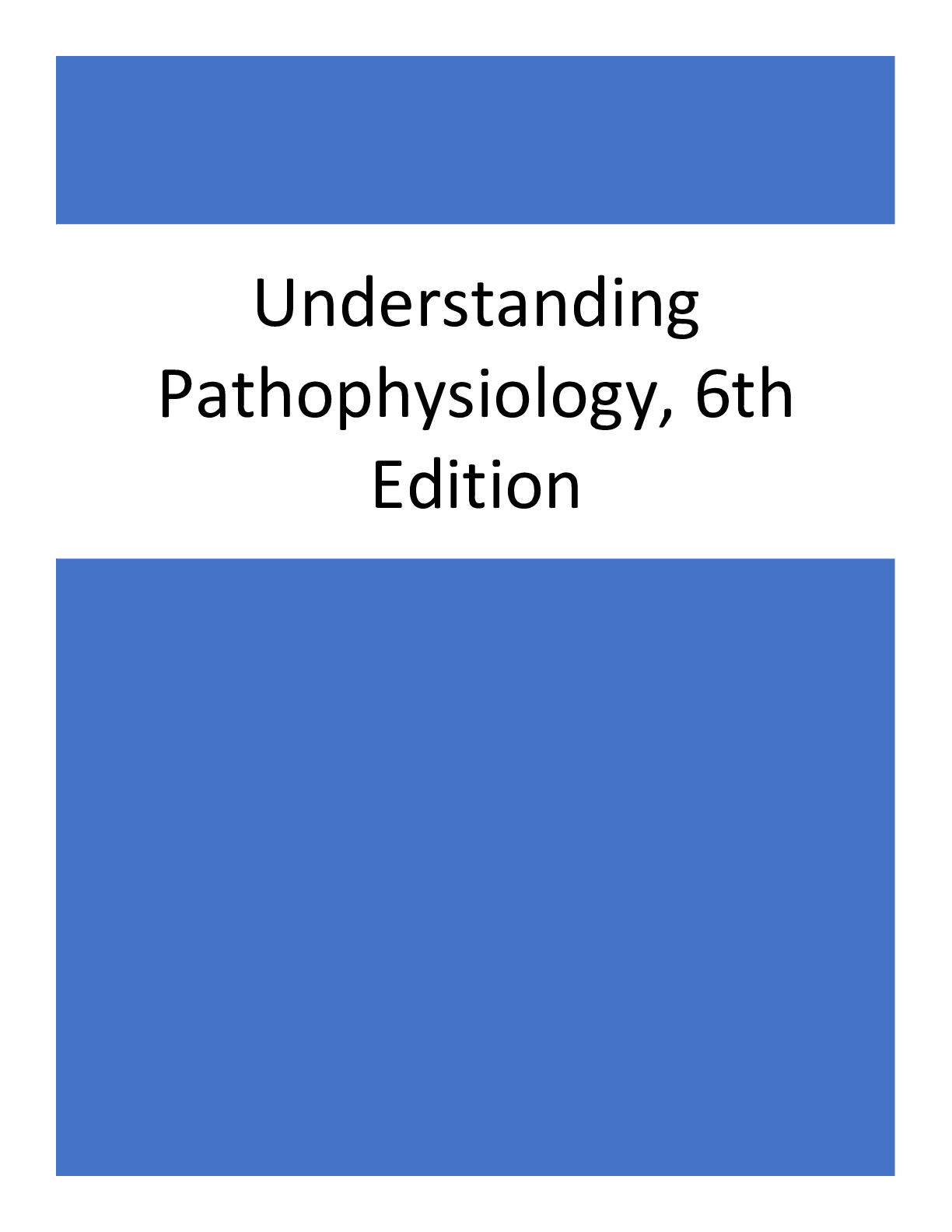
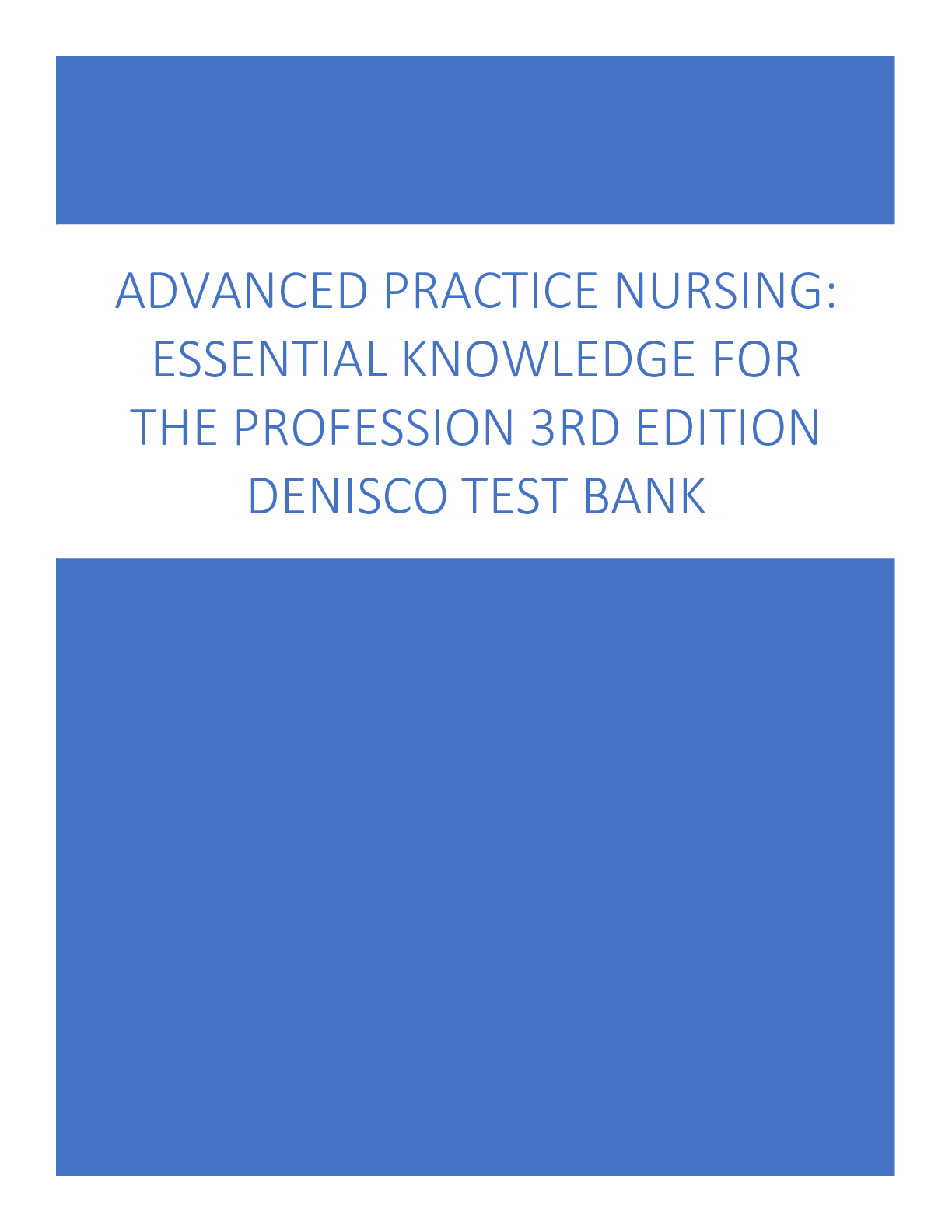





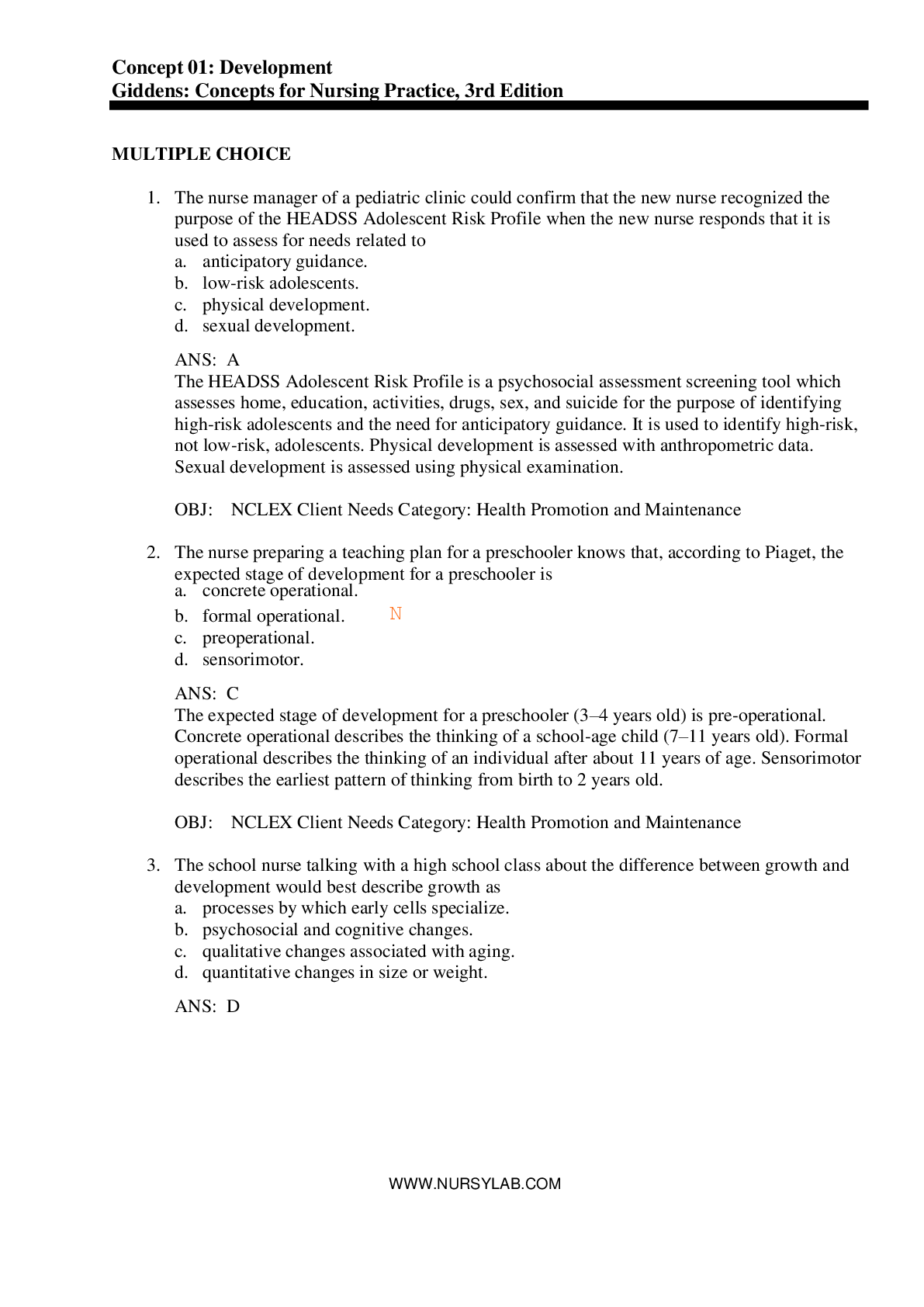
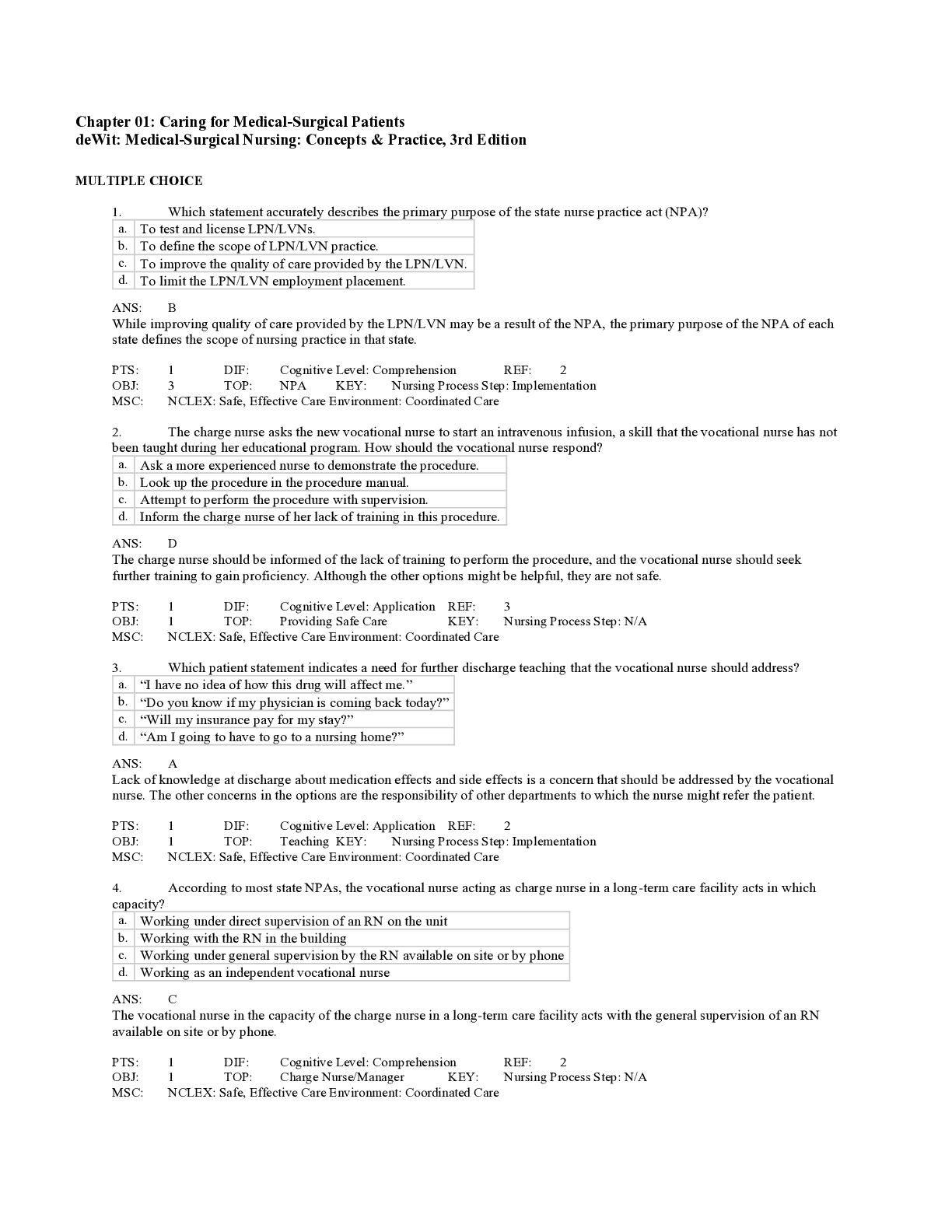
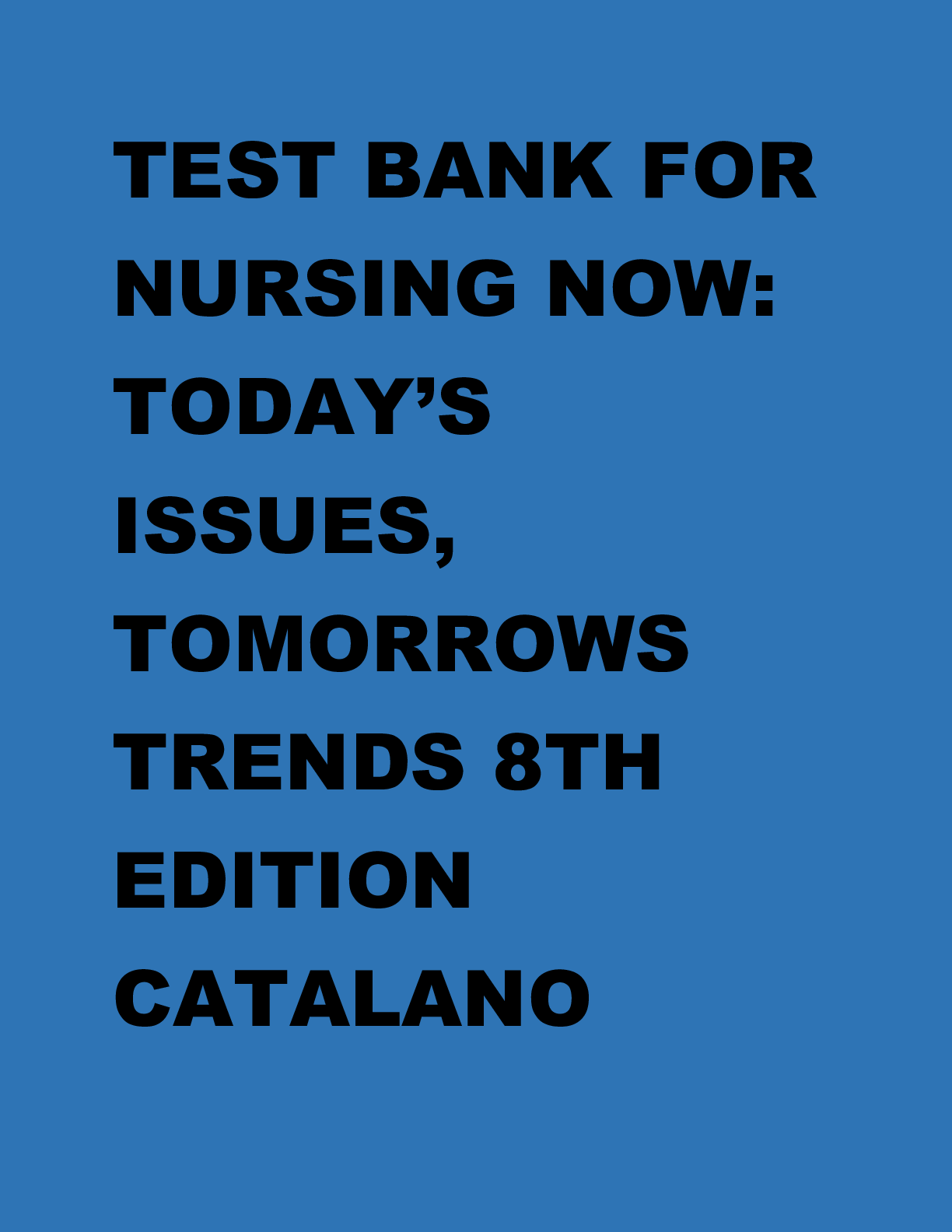
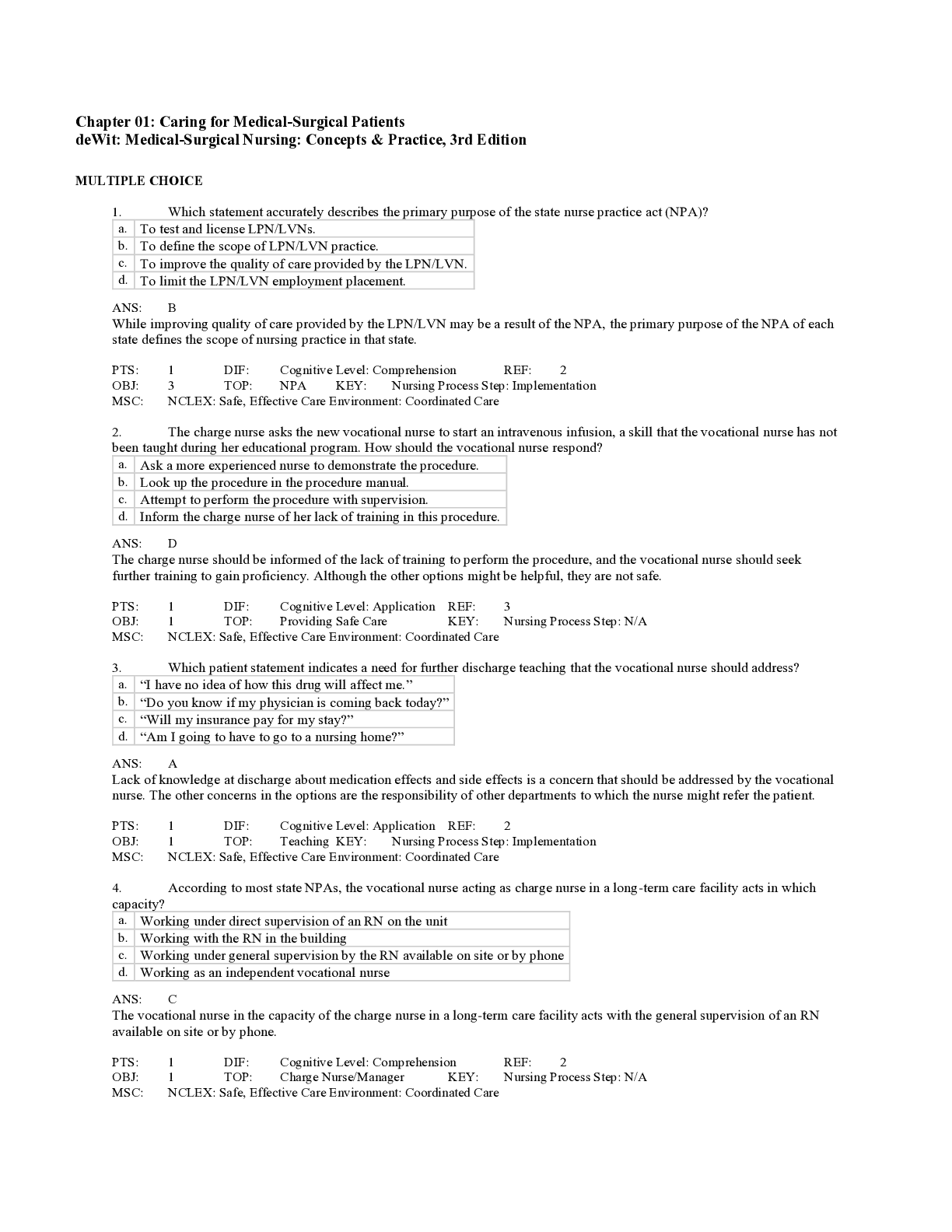
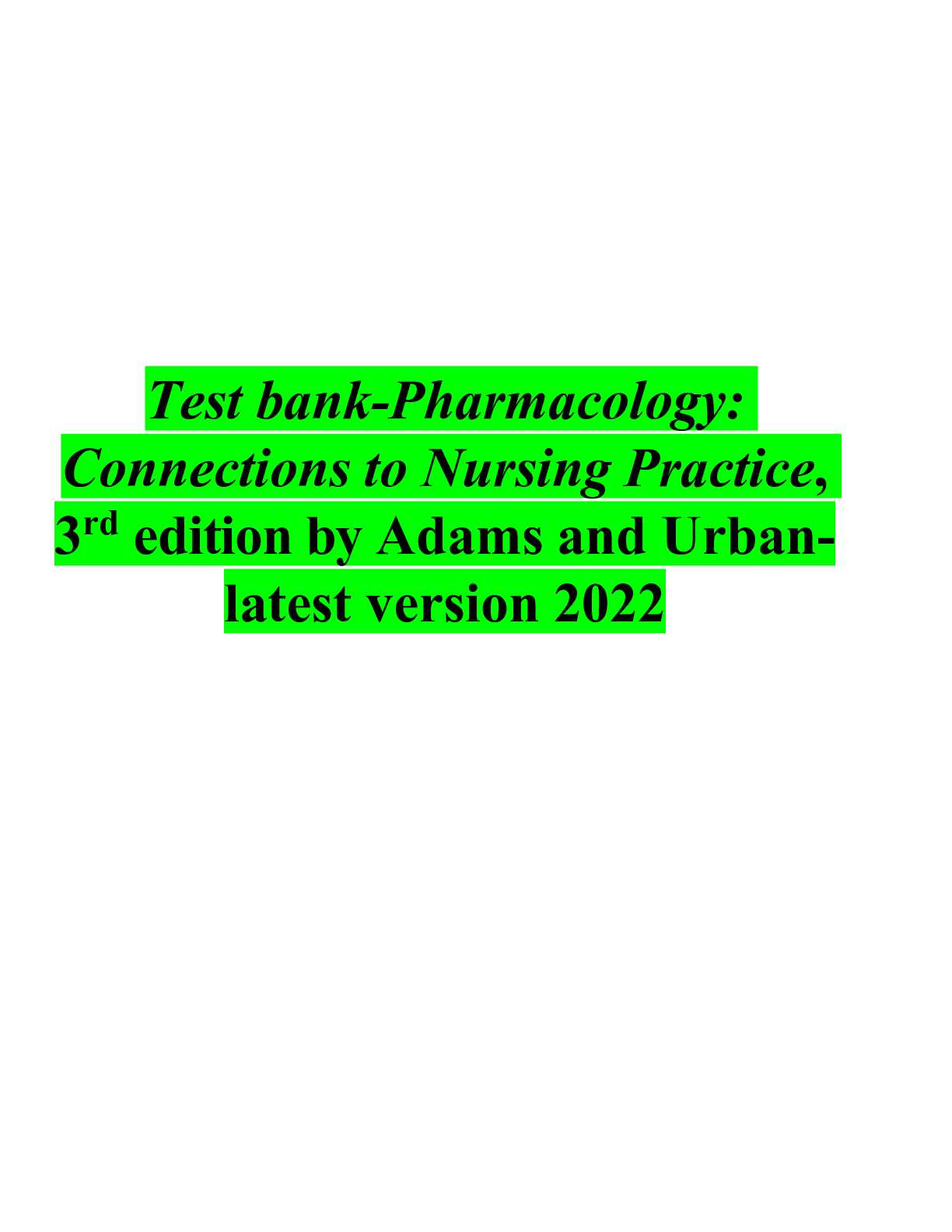
.png)
